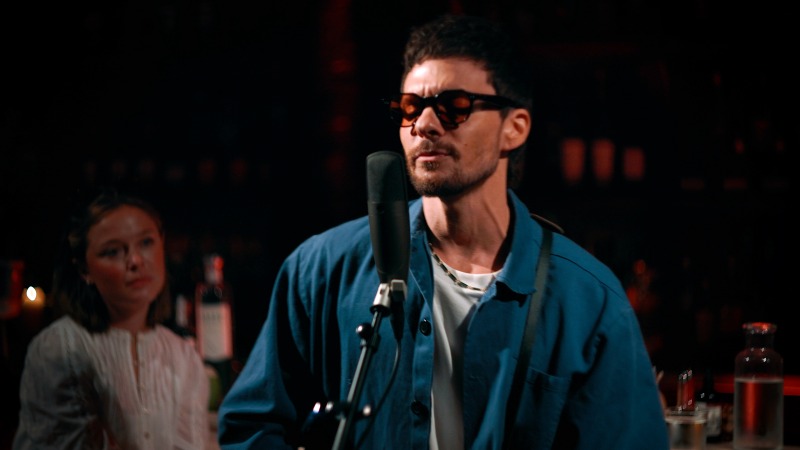Breaking Vegetarian: The Pescatarian Question
Paste's column on eating meat mindfully
Though I grew up in New England, I’ve never been a big fan of eating fish. I remember cardboard containers of fried clam strips, slightly sticky with sand and salt air. I remember the lobster bibs every other member of my family wore while they sucked the butter-drenched meat from cracked claws. And I remember never really liking any of it—I’d order some breaded haddock, or chicken tenders instead. I never missed fish when I became a vegetarian, and was happy to find my nutrients from plant-based sources. Even now that I eat meat again, with the exception of the occasional sushi dinner out or grilled piece of salmon at home, I rarely eat fish.
In my time as a vegetarian, I occasionally met others who applied the same label to themselves, but allowed themselves an exception for fish. This was something I never really understood: why, I wondered, did people not count fish as meat? Why was eating fish not the same as eating animals?
I’ve learned since that there are lots of reasons why some people eat fish but not other kinds of meat. For some, fish is a sort of compromise, a dietary choice that allows the eater to sacrifice some meat, without sacrificing the nutritional benefits of proteins, plus fish have the added health benefit of omega-3 fatty acids, known to reduce the risk of heart disease.
Eating fish may often be a regional or traditional dietary choice. One long-time vegetarian I knew started eating fish under specific circumstances, once or twice a year, while on family vacations to the shore, with a sort of “when in Rome” mentality; coastal culture and seafood are inextricably linked, and it felt like the most natural way to immerse himself in the locale. Some omnivores may also eat fish they catch themselves, believing that harvesting one’s own food is the most mindful option.
But beyond all this, there’s no doubt that many eaters simply place fish in a different category than other forms of animal protein. As with all the exceptions we make in terms of which animals we will eat, it’s difficult to pin down the reason why. Of course, when it comes to fish, religion may well play a role in our cultural perceptions; abstaining from meat but eating fish is a common form of Roman Catholic penance, most notably during Lent, and many other religions offer similar exemptions. Some people assume that fish, whose central nervous systems are different from mammals, do not, therefore, feel or experience pain in the same way as other livestock animals, though recent science suggests this is a flawed perception.
In a recent interview with Grist, noted scholar of human-animal relations Hal Herzog comments that “most of our meat choices are determined by cultural habits and things that get simply passed down from generation to generation,” and this seems to be more true than any attempted scientific reason for the distinction between fish and other animals.
Whatever the reason we eat fish, one thing staunch vegans, pescatarians, and ethical omnivores can all agree on is that eating fish is tricky business when it comes to considering sustainability and sourcing. The most recent figures from the United Nations Food and Agriculture Organization, which monitors 600 marine fish stocks globally, categorized only three percent of those stocks as “under exploited.” The remaining 97 percent ranked with some degree of overfishing. While consumers become more savvy when it comes to buying sustainably-sourced fish, labeling and source-tracing remains problematic at best and deceptive at worst; an investigation conducted three years by Oceana, a nonprofit focused on ocean advocacy, found that one-third of the seafood samples they tested had been fraudulently labeled to sell better. And a recent expose by the Associated Press found that the muddiness of the seafood supply chain obscures slave labor practices in the industry.

If you’re eating fish, then, whether as part of a vegetarian or omnivore diet, how can you make sure that your seafood is in line with your ethical standards? As with most food choices, there are myriad issues to consider when sourcing sustainable seafood. The distinction between wild-caught and farmed fish was once thought to be the standard, as farmed fish were raised in overcrowded, fecal-polluted environments, and pumped full of antibiotics, and often escaped into wild waters to contaminate local populations.
-

-

-

-

-

-

-

-

-

-

-

-

-

-

-

-

-

-

-

-

-

-

-

-

-

-

-

-

-

-

-

-

-

-

-

-

-

-

-

-








































